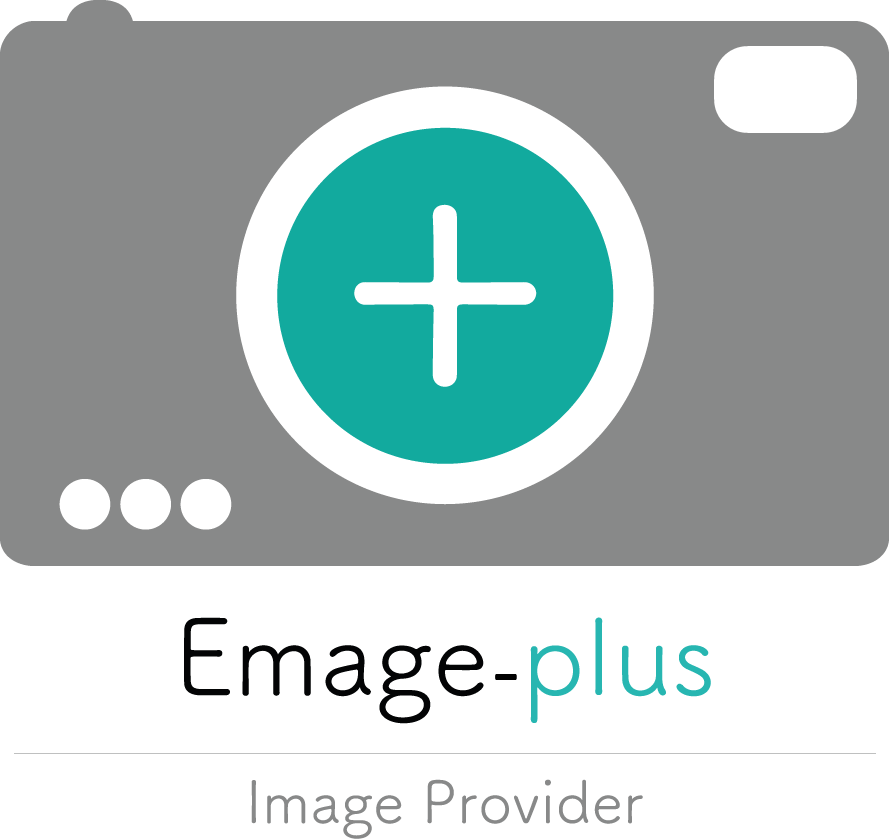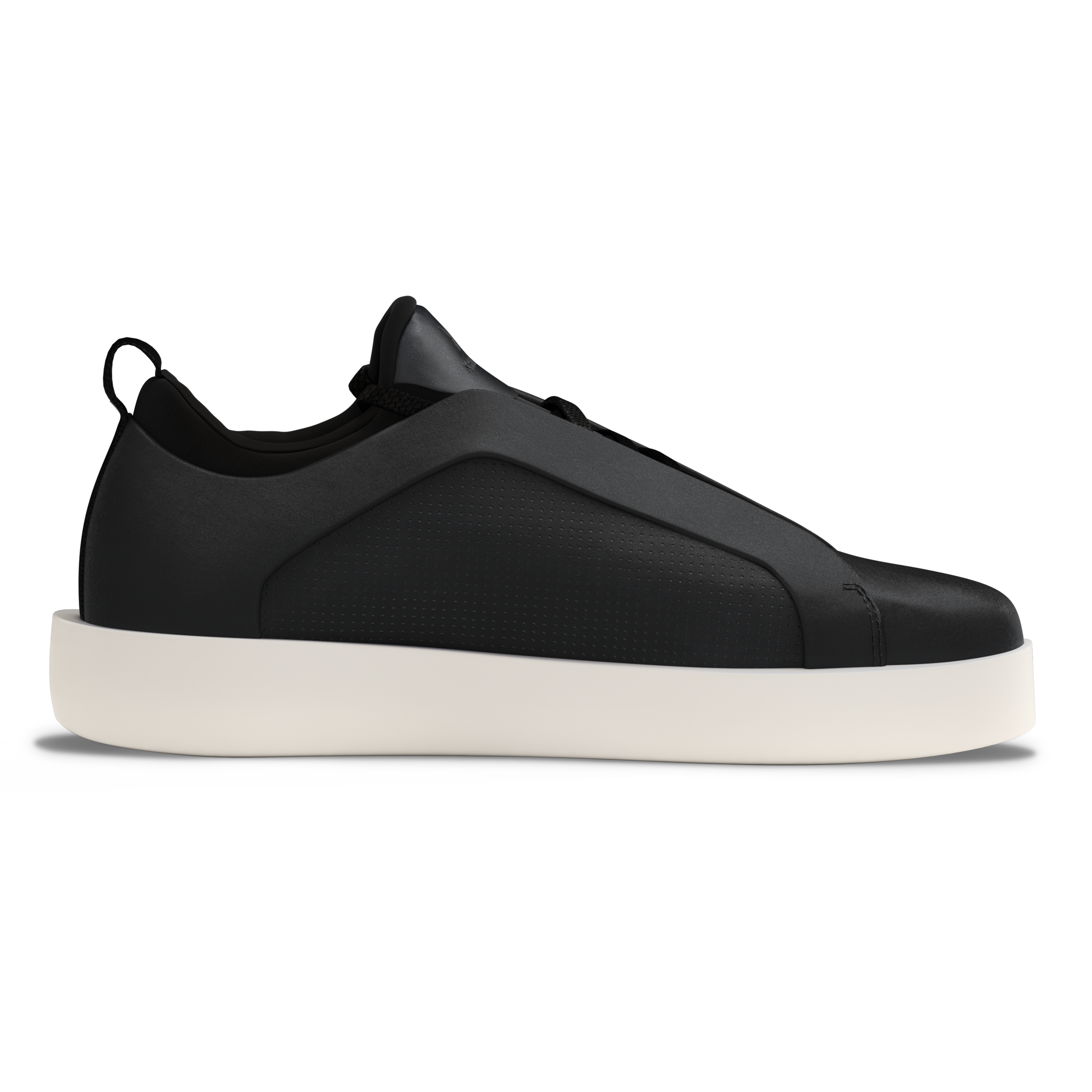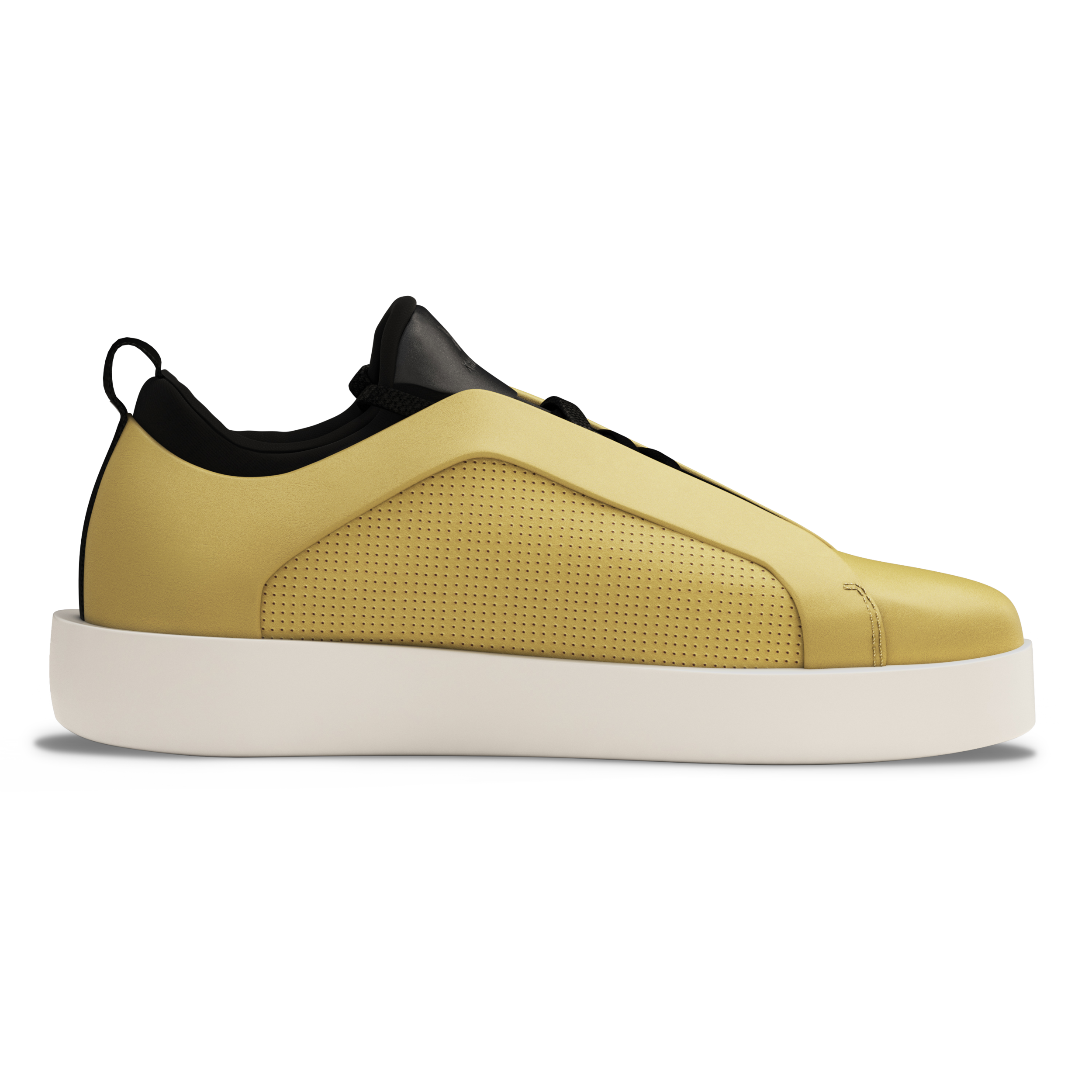Why it is necessary to use a ghost mannequins for the photographic production of your e-commerce ?
WHAT IS A GHOST MANNEQUIN ?
Have you ever wondered how in certain product images, the apparel looks like its worn on a mannequin but the mannequin is nowhere to be seen?
That’s exactly the function of a ghost mannequin. It gives your apparel images a “hollow-man” effect where any forms of unnecessary elements are removed from product images. This is commonly used by brands and retailers to give their product images a more professional touch, as well as achieving consistency in their catalouge and webpage. In fact, the term “ghost mannequin” comes from a unique method of photography known as “ghost photography.”
What’s the difference between a traditional mannequin and a ghost mannequin?
At first glance, both traditional and ghost mannequin looks the same. However, what makes ghost mannequin different is that they come with detachable body parts. True to its “ghost” characteristics, you simply put on your apparel on the mannequin, remove any unwanted body parts and shoot away. Unlike traditional mannequin, you do not need to spend any time to photoshop away visible body parts.
There is another big advantage using ghost mannequin over traditional mannequin. Thanks to its “ghost” characteristics, you get to capture previously obscured details such as collar, brand logo or clothing hem lines. Not only does this help with clarifying the details of your products, it also enable your customers to visualize them better in their minds as well.
Why white background images matter in the world of eCommerce
In the world of eCommerce, accessibility and marketability are two important factors. The biggest advantage of having a pure white background is that you can easily upload product images on various platforms. Furthermore, white background images are preferred in post-production stage for these reasons:
It’s consistent
It’s clean
Colours are true
File sizes are minimized
Long term benefits
Easy product fit
There is no mistaking how mannequins fit products easily. There is no need to spend time sourcing for the right models. With a mannequin, you can simply find the right fit with the right measurements. Even though there is much less styling involved, ghost mannequin that comes with modular pieces come in handy.
Readily available
When it comes to convenience, nothing beats using a mannequin. You can buy mannequin easily online. There is no need to pay for overtime, price-hikes or deal with cancellations. Mannequins are always ready in your studio once you need to get started with a product shoot.
Branding
While mannequins are unable to bring about brand messages as effectively as models, they are not completely useless either. Our eyes are naturally drawn towards alignments and patterns. Using ghost mannequin, your brand can easily achieve consistency and build familiarity with your customers.
Besides, some customers might find models distracting, yielding a lower conversion rate.
Worth your investment?
Regardless models or mannequins, it is important to present the clearest apparel images to your customers. While models come and go easily, mannequins are here to stay in the rapidly changing world of apparel commerce. They still remain a staple in many brands’ production process because of their versatility and ease in post-production stage. Depending on your brand’s budget and imaging, ghost mannequin is definitely a great investment whether you are a big eCommerce store owner, or just starting out.
AR filter: How to celebrate Halloween when you are a brand?
Before you hit the streets in your scary costume, you may come across a multitude of Augmented Reality filters on Instagram, Snapchat, Tiktok or even Facebook. Filters are a great way to engage your audience, so when current events give us the opportunity to be creative, let's take advantage of it. So here are some ideas for AR filters for Halloween.
3.3 billion people have access to AR via their phones, and 82% of people surveyed worldwide say they have used the technology. AR filters are now a must-have way to engage your audience. We've selected a few examples to inspire you.
Some branded AR filters to celebrate Halloween
The Halloween of Chupachups
It is with a game available on Instagram that Chupachups chose to make its consumers interact with its brand. The result is quite successful!
Haunted Dollhouse by NYX Cosmetics
And yes, during Halloween we wear makeup. What could be more obvious than to propose special make-up for the event thanks to AR filters? This is what NYX Cosmetics proposed to its audience with the Haunted Dollhouse filter.
Maybelline Ukraine
To promote its new products, Maybelline Ukraine offered a special Halloween AR filter. A godsend for users who were looking for Halloween makeovers on social networks that night.
For brands that have a whole range of products linked to Halloween, you could take the experience even further by imitating this fine example from Lacoste (https://www.lacoste.com/fr/lacoste-peanuts.html). This web page, which includes all the products in the special Peanuts series, allows you to immerse yourself in the world of the cult cartoon using an AR filter. A good way to immerse your products in a universe linked to entertainment.
So which AR filter should you use for your next marketing operation?
Augmented Reality and Virtual Reality: A new era of consumption?
The pandemic has familiarized us with new ways of connecting to others, notably with the use of video or live streaming. However, these technologies force us to choose between the physical or the virtual. Augmented reality (AR) and virtual reality (VR) mix the physical and the digital. It is a new era of consumption that opens for
e-commerce brands.
Indeed, AR and VR, contribute to bring communication between humans to a whole new level, regardless of physical boundaries, the world can then come together. An article from Facebook tells us that in a survey 74% of respondents said they consider AR as a way to connect the online and offline worlds. This is an eloquent figure, showing the maturity of AR in the minds of the respondents. A good opportunity for e-commerce brands.
The World is more ready than ever for virtual experiences.
The Facebook article also tells us that 3.3 billion people have access to AR through their smartphone, and that 82% of the people surveyed worldwide say they have used this technology. VR is also successful, with a growing user base, as well as all-in-one wireless devices that are attracting more and more people at increasingly affordable prices. The development of 5G will boost the use of AR and VR and no doubt stimulate new forms of consumption that is simultaneously disrupting the world of e-commerce.
For their part, consumers are evolving, and their expectations of brands are driving them to seek ever more interactivity and continuity between the online and offline worlds. And Covid 19 was a gas pedal of these new uses. Nearly half (44%) of those who tried AR and VR to explore products or services for the first time said they did so during the pandemic.
Entertainment boosts usage, an opportunity for
e-commerce !
Entertainment brands are increasingly offering virtual experiences powered by AR and VR. Among them we can talk about the launch of Kylie Minogue's new album, DISCO, which offered her fans an augmented reality experience on INSTAGRAM. The campaign reached 6.5 million people.
The gaming world has long exploited Augmented Reality and Virtual Reality technologies. They are now using them in new areas to build brand awareness and fan engagement. The Summoners War franchise for its latest instalment, offered an AR social filter event.
We also find these technologies in the cultural world. Cinema with the short film Colette that was featured in the VR title Oculus Medal of Honor: Above and Beyond, which won the Oscar for best documentary short. Also painting, or AR and VR allow you to discover the masterpieces of Van Gogh in 3D .
It is with this type of entertaining experience that the uses of Augmented Reality and Virtual Reality will develop. It is a strong challenge for brands to know how to quickly surf on what should be more than a trend. It's a real new era of consumption that is opening up before us.
Must-have for a good e-commerce website in 2021 by Charles Chen
This month we meet Charles Chen, Regional Director of TheCodingMachine in Hong Kong.
Tell us more about you!
I founded TheCodingMachine in Hong Kong 2 years back - to enable more ideas to come to life with our digital advisory, project management and technical capabilities.
Prior to opening this subsidiary, I had been working in France for over 4 years at TheCodingMachine’s headquarters in Paris as a full-stack developer and project manager.
At TheCodingMachine, we specialize in open-source development for mobile apps, web platforms and e-commerce, we always enjoy providing first-hand advice with our free consultations.
Following our latest e-commerce release is a sportswear and lifestyle brand, I am happy to share some insights: https://dreamswear.com/en/
Must-have for a good e-commerce website?
1. Mobile first
The mobile e-commerce penetration reaches more than 50% on average, across Asia. This figure is expected to grow to 73% by 2022.
Besides, Google primarily indexes mobile sites since September 2020.
We believe it is highly critical for e-retailers to think and design their e-commerce website with a mobile approach in mind.
Mobile responsive means that the website display adapts to the screen size, reduced text content, clear call-to-actions, and easy navigation with a menu bar.
2. Visuals - Few text, More product visuals
Include eye catchy professional visuals rather than long and boring text. Add the option to zoom in on images, so customers can be more confident with their product choice.
It must be complemented by call-to-actions to convert interest into action with very limited friction.
Different angle
Texture
Colors
Custom combination
Product demo (with Augmented reality integration for a better conversion and a smaller return rate)
You don’t have to invest thousands in freelancers or Agency, there is a lot of new online services that help create simple and efficient content easily, Numerized.com being one of many.
3. Performance
Make sure your website is fast to load as this will affect the bounce rate as well as the website indexing on search engines.
What is a good functional design for an e-commerce project?
When it comes to defining your project scope, you must first start with your sales strategy.
Beyond all the basic features that an e-commerce website has including browse products, select color and quantity, add to cart, check out, you may also want to consider including features that will increase sales and linearize your sales peaks over time.
Such features include: Referral system, Flash Sales, Membership Discount, Bulk discount
Those features are often found in more advanced e-shop. With the explosion of e-commerce during the pandemic, competition is more fierce and thus conversion rates are decreasing which affect the user cost of acquisition.
What is your best technical advice?
There are 3 main types of technical solutions which allow different levels of customization.
Choice of technical solution will vary depending on the business workflow:
CMS e-commerce (Shopify, WooCommerce, Prestashop)
This solution offers a lot of advantages, let’s name a few: low cost to set up, easy to build and supported by a large community, access to a large number of plugins for additional features.
On the other hand, it may not fit your business if you have a specific workflow or specific requirements regarding security.
Headless CMS e-commerce (Sylius, Magento)
Fits a specific workflow since it offers a layer of existing features on which additional features are easier to build.
The base offers the functionality of a traditional CMS and e-commerce. It is then simple to add bricks for an infinity of functionalities (with the plugins already available, or even by creating your own plugin).
This allows you to have a light base, a back office adapted to your needs, without unused functionality and a more responsive front because it is less heavy to load.
Custom Dev
Full proprietary code, no subscription required
Long development time
Specific workflow
Your best recommendation when looking at a third party integration?
Compare different third party services:
Pricing (Monthly subscription)
Services
Customisability
Make sure there is a proper documentation of API.
Interview with Alexis Khouri, Head of Sales and Business Strategy, 3D & Immersive at Adobe
This month we meet Alexis Khouri, he will tell us more about is professional journey and his vision of the 3D revolution.
Tell us about your background and how you got into the world of 3D?
I started at Allegorithmic in 2007, a French start-up specialized in 3D texturing. Early 2019, the company got acquired by Adobe, which I joined as well to become the Head of Sales and Business Strategy of their new 3D division.
What services do you offer, and how have you supported companies in this transition to the use of 3D?
Allegorithmic created an authoring software for 3D artist called Substance which has become the undisputed leader in 3D texturing for Entertainment and Product Design. We’ve been serving hundreds of thousands of users and customers including all major game developers, car manufacturers and consumer brands.
How do brands react when you talk to them about 3D and its benefits?
There has been a quiet revolution happening in the industry for the past few years with a transition from 2D to 3D as a replacement for traditional design and photography. When we are pitching to brands, there are no debates about the benefits of 3D (massive cost savings, massive increase in customer engagement). The question is not IF but HOW. What kind of tools should we use, what kind of people should we hire? Should we use a vendor? How much time does it take to ramp up? Etc..
What is your vision on the future of 3D in the e-commerce industry?
3D will be everywhere. Not only for real-time experience such as AR/VR, but also to replace all imagery that can be found on Websites or catalogues. Creating in 3D has many advantages upstream (productivity) and downstream (content velocity) and this will become a mandatory topic in every company that wants to optimize their customer journey. The 2020 pandemic has also accelerated this trend as remote work and fully virtual workflows has suddenly became the norm. It triggered countless strategic initiatives to modernize
e-commerce workflow, 3D being one of the key component for success.
Any advice for all e-commerce / BtoC businesses who would like to embark on the 3D adventure for their content creation?
There is a formidable opportunity to be ahead of the curve when it comes to innovation and productivity thanks to the new wave of 3D tools that have been developed in the past few years. Build a proof of concept, fine-tune the strategy according to analytics, hire the right talents to manage 3D projects and the outcome will be tremendously positive. It’s not rocket science (anymore) and there are tons of talents out there to help you with this task.
Advantages of 3D photorealistic rendering to E-commerce
Every marketer knows that visual content is effective in getting their campaigns to stick and resonate with their target audience. Visuals, such as photos, videos, graphics, infographics, signs, logos and others, are naturally more appealing and engaging to consumers.
But as you'd probably agree, the battle is in choosing the right visuals to communicate your brand's story. Do you, for instance, go for professional photography or 3D rendering? Hmm. To help you decide, we'll discuss photorealistic rendering, its benefits and its disadvantages, if any.
What is 3D photorealistic rendering?
Photorealistic rendering is the process of developing a highly realistic digital image from a 3-dimensional computer model. Photorealistic renders can, therefore, be said to be computer-generated imagery (CGI) made to look as real as possible. Industries you may have noticed using this technology include jewellery, furnitures, footwear, real estate, interior design, architecture and product marketing.
What benefits can 3D rendering bring to you?
So you are planning to launch a new product in the market, why go for 3D photorealistic renders when you can get high-quality, real photos? Well, 3D rendering:
Offers you unlimited creative opportunities
Close your eyes and picture anything. 3D rendering allows you to create an image of whatever it is you just imagined from a simple Technical data sheet or phone picture. Now, a good product image should, for starters, capture the attention of your target audience. And being creative is one way to go about it.
3D rendering also allows you to showcase your product in the best surrounding you can imagine with situational marketing. A coastal landscape? Ambient lighting? Mint and pale gray colour palette? Winter scenery? Whatever your ideal setting is, 3D artists can help you realise it.
Saves you money and time
Let's say you want to show how your kitchen furniture would look in a contemporary kitchen or even a simple product picture of it. With photorealistic rendering, you won't have to rent a house or a studio and hire a photographer, an interior designer, movers, and other professionals just for a few costly onsite photographs that take time to edit. A CGI studio will simply create a realistic 3D rendering of your concept, saving you money and time.
Same applies for classic product shots. From one 3D rendering, you can create an infinite combination of colour and texture for a very small cost. This flexibility to easily change any aspect of the marketing product, be it colour, size, angle... anything, further saves you time and money.
Allows you to promote a product before its ready for the market
With 3D renders, you don't have to wait for the finished product to start advertising and capture the interest of potential customers. Photorealistic rendering allows you to explain or advertise project concepts and designs to investors or consumers before the project launch. Consequently, encouraging presales and pre-leases, which gives you a solid customer base and allows you to focus on your product quality.
Conclusion
3D photorealistic images may not be actual photographs, but advanced technological developments have made it such that it is difficult to tell the two apart. Still not convinced? Which of the two images below is a rendering, and which one is real? A or B?
A
B
Well, both images are, in fact, photorealistic renderings! So you see, being real or not should not be a cause of concern if the images created look incredibly like the real deal!
So, in a nutshell, with 3D photorealistic you will:
Save time and money by simplifying the marketing process
Have enough time to focus on product development
Maintain visual consistency between production periods
Have no boundaries to creativity in your marketing campaigns
Do you need high-quality product visuals for your e-commerce website, social media, catalog, brochure, and the like? Email us today at admin@emage-plus.com for compelling visuals that convince customers to buy now rather than later.
To know more about our 3D services please feel free to visit our page https://www.emage-plus.com/3d-photorealistic
The 5 e-commerce trends of 2019
Companies embracing online marketing strategies are growing rapidly. In 2017, there were 1.66 billion online shoppers. This number is expected to rise sharply to $2.14 billion by 2021.
Prepare for the exciting future of e-commerce by implementing the new trends of 2019.
1. PERSONALIZATION AND CUSTOMER COMMITMENT
Compared to traditional retail stores, e-commerce stores lack personal face-to-face interaction. Online stores do not have retail clerks who can recommend products based on your interests, tastes and preferences.
To mimic this experience, e-commerce companies are exploiting customization opportunities throughout the purchasing process. Somewhat as online course providers replace the need for in-person instruction, e-commerce replaces the need for in-store retail experiences.
By using online personal data, such as search requests, page visits and purchase history, brands are transforming their online stores to best meet the needs and interests of customers. For example, log into your Amazon account. You will find recommended products based on your past purchases, ads tailored to your search history and a marketing copy that speaks directly to you. Expect more brands to follow as personalization technology becomes easier to integrate into e-commerce sites.
Just as personalized emails generate 6x higher transaction rates and convert better than cold emails, consumers spend 48% more when their experience is personalized. At a time when privacy is essential, studies have also shown that 57 percent of online shoppers are comfortable providing personal information to a brand, as long as it directly benefits their shopping experience.
Connecting your online store to a CRM like HubSpot will allow you to use your customer's buying behavior and website to customize your marketing, emails and even pages for promoting abandoned baskets, as well as incentive campaigns.
2. AI, ASSISTANTS AND CHATBOTS
In 2019, robots will invade e-commerce stores. Well, robots such as chatbots and artificial intelligence (AI) designed to improve a customer's overall shopping experience.
Artificial intelligence assistants can manage a number of tasks generally assigned to a human, such as inventory management or information request management. These PDAs run various processes, allowing you to focus more on other aspects of business management.
For example, chatbots can meet a number of customer service needs, whether it is answering questions about a product or discussing a complaint. Artificial intelligence and chatbots also draw from their customers' conversations and evolve to provide users with a personalized e-commerce experience.
Image source: Chatbots Magazine.
As reported in a 2017 Statista Study, 34 percent of respondents said they would be comfortable getting answers to their questions from AI, such as a chatbot or virtual assistant, when making purchases. You can easily start yourself. Many tools like Hubbot Chatbot Builder allow you to create your own bot for free.
3. B2B ECOMMERCE EXPLODES
Who said that e-commerce was reserved for B2C brands? B2B companies also benefit from future e-commerce trends. It has even been projected that B2B online sales are expected to increase worldwide to $6.6 trillion by 2020.
Image source: BigCommerce.
In a survey of 500 B2B organizations, BigCommerce revealed that 80% accepted orders and payments via its website, which once again proves the growth of the market. E-commerce in B2B industries advance.
4. INTERACTIVE VISUALIZATION OF THE PRODUCT
We have all hesitated to press the "Buy" button when shopping online. Before you enter your payment information, you start to wonder:
"Will this product be exactly what I need?"
"Is it a quality product?”
Therefore, we have a great need to interact with a product before we commit to a purchase. Online criticism and influence trends are not enough. We want to see the product, feel it, hold it in our hands and remove any feelings of doubt before we buy it.
While we were once satisfied with high quality product images, current technology allows us to use virtual reality, 3D imaging, augmented reality, and more to interact with a product from the comfort of our laptop or smartphone.
Even videos of e-commerce products have evolved to become more attractive. What was once a cheese advertorial has been transformed into an immersive 360 degree online shopping experience.
Interactive product visualization technology aims to offer online consumers the tangible in-store experience and dispel their hesitations before buying.
Kravet (industry leader in to the trade home furnishings industry), for example, offers customers the opportunity to see the product 360°. During this process, users can imagine the product at home and build their own design by turning, turning and zooming in on the product.
Before submitting their order, customers have full confidence in the manufacture of the product they want thanks to the interactive nature of the process.
5. MORE ONLINE-OFFLINE INTEGRATION EXPERIENCES
Did you think that e-commerce was destroying brick and mortar stores? If so, think again.
Although many big box stores are bankrupt, retail experiences will not disappear - they simply adapt to a new reality. Do you remember the experience of the physical product in person that we just mentioned? While interactive product technology, personalization and chatbots all reproduce this online feeling, no technology can truly replace all the details of a store experience.
In this spirit, brands create immersive retail experiences to further stimulate sales, hire more representatives and develop lasting customer relationships. For example, Amazon is launching stores, called "4-Star," across the United States. In these stores, you can interact with Amazon's devices and best products in person. Other brands taking advantage of this new reality are brick and click stores, which combine a unified retail and e-commerce experience. These brands open retail stores with less square footage and fewer employees, but a more personalized and interactive in-store experience.
With many hosting providers to choose from and e-commerce platforms on the rise, companies are creating e-commerce experiences in a retail store via digital kiosks. When a user contacts the kiosk, it can perform a number of functions, including providing personalized product suggestions or displaying interactive information about the product in question.
2020 will transform the future of e-commerce as we know it
Whatever trend in 2020 e-commerce you choose to pursue, do so with the intention of providing a transparent and attractive shopping experience for your customers.
Why use a professional photographer?
In your opinion, why do known and reputable e-commerce sites sell more and more diverse and varied products? And why, on your side, can't you reach more customers ?
Yes, you have part of the answer: because they have absolutely perfect product photos, which highlight their identity and the quality of what they sell - or the quality sought by the e-customer, rather. Nevertheless, whatever the quality of the product sold, the photo presented to the customer will be irreproachable.
The other part of the answer is that they spend thousands of euros every minute to appear in ads that are increasingly targeted, accurate and relevant - from the buyer's point of view.
However, you do not have an e-commerce site. And, I know, you don't have the same advertising budget as Amazon or CDiscount. However, this should not be an excuse to neglect your product photos.
In this article, we will see why to use a photographer and take real and beautiful pictures of products.
Here I give you 5+1 real reasons to use a photographer to take real and beautiful pictures of your products.
1. Because it encourages the customer to buy
Okay, I admit it: this one was simple. But it is central. Whether or not you have an e-commerce site, you will encourage your customer to buy your products if the photos are beautiful, if they make you want to. The goal is clear: to increase your sales (in the broadest sense of the word).
In addition, among the many competitors who will not have pretty professional and well worked pictures, your photos will stand out from the crowd. You will draw attention to both "image" searches and social networks and you will mark the spirit on your website.
A beautiful image gallery is a guarantee of quality and reliability for your regular customers, potential customers or customers to win back.
2. Because it allows you to get messages across
The work around the image is complex. Communicating through images is a profession and, once mastered, semiotics makes it possible to convey indirect messages that will give a new indirect direction to your main messages, or more simply reinforce your main message.
Semiotics, or semiology, is a field that focuses on signs and symbols. If you want a feeling of cold to be felt by a customer looking at a picture of your product, a multiplicity of symbols should be included by the photographer when taking the picture. The graphic design stage is also essential in this work.
3. Because you don't master the picture
Frankly, this one I could have put it in the first position: it is so obvious. But using a photographer is the best solution to really make your photos successful. That's right: you can have a full-format camera at €1,800 "for fun", but if you take it out once a year on holiday and put it on automatic, you don't know how to master it... and your product photos will be full of roughness and defects. And these defects will be obvious to your potential customers.
4. Because you don't have the necessary hindsight
Photography is a profession. It is a passion above all but it is necessary to know how to position oneself in front of an object (in the broad sense) whatever it is to be able to honour it. For you, the object in question represents your product. You believe in this product, you love it, but you don't necessarily know how to enhance it. You are familiar with this product every day: you no longer know how to see it other than the way you want to see it.
The practice of photography at the professional level requires an essential perspective on the subject / object / product in order to get the most out of it. This perspective requires a critical mind and time for analysis.
5. Because you don't have the equipment
So okay. Today's smartphones allow anyone to take very beautiful pictures, but be careful: the use of smartphones still has quite a few limits when you want to take pictures of products with a professional look. Although... it's not so much the use of the smartphone that's the problem, but rather the use of a host of accessories that will make your product photos unique and perfect. Understanding the importance of light in photography is essential and, among the essential accessories, light points are essential.
By using a professional photographer to take your product photos, you will be asking for the assistance of a qualified person, a professional who understands what light is, and how to break unsightly shadows that you can't break in the background.
5+1 Because your company will thank you
Yes, it may sound silly but you have something else to do than try to take pictures of products when you don't know anything about depth of field! Perform tasks you are good at, do your job and let other professionals do theirs!
This will provide many services to your company: you will save time and money (even if the services of other external professionals represent a certain budget). You will be more in your place to manage your usual missions and make your company prosper or have new ideas.



























